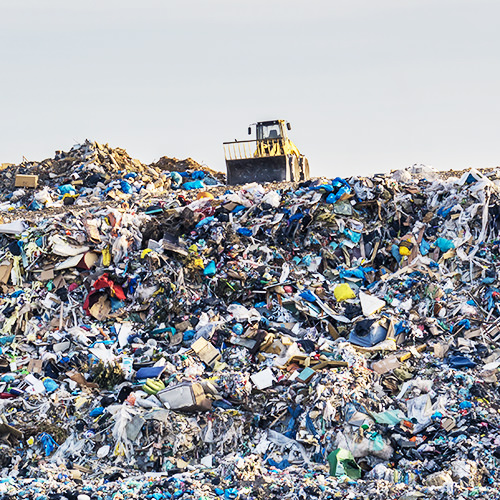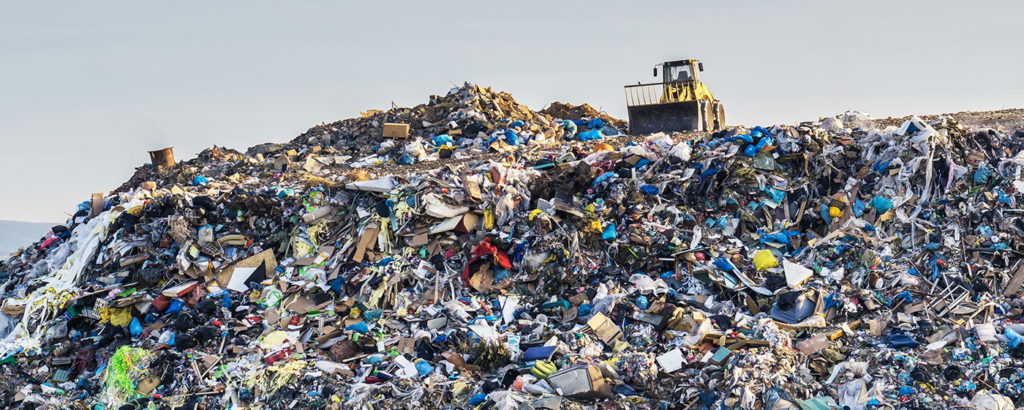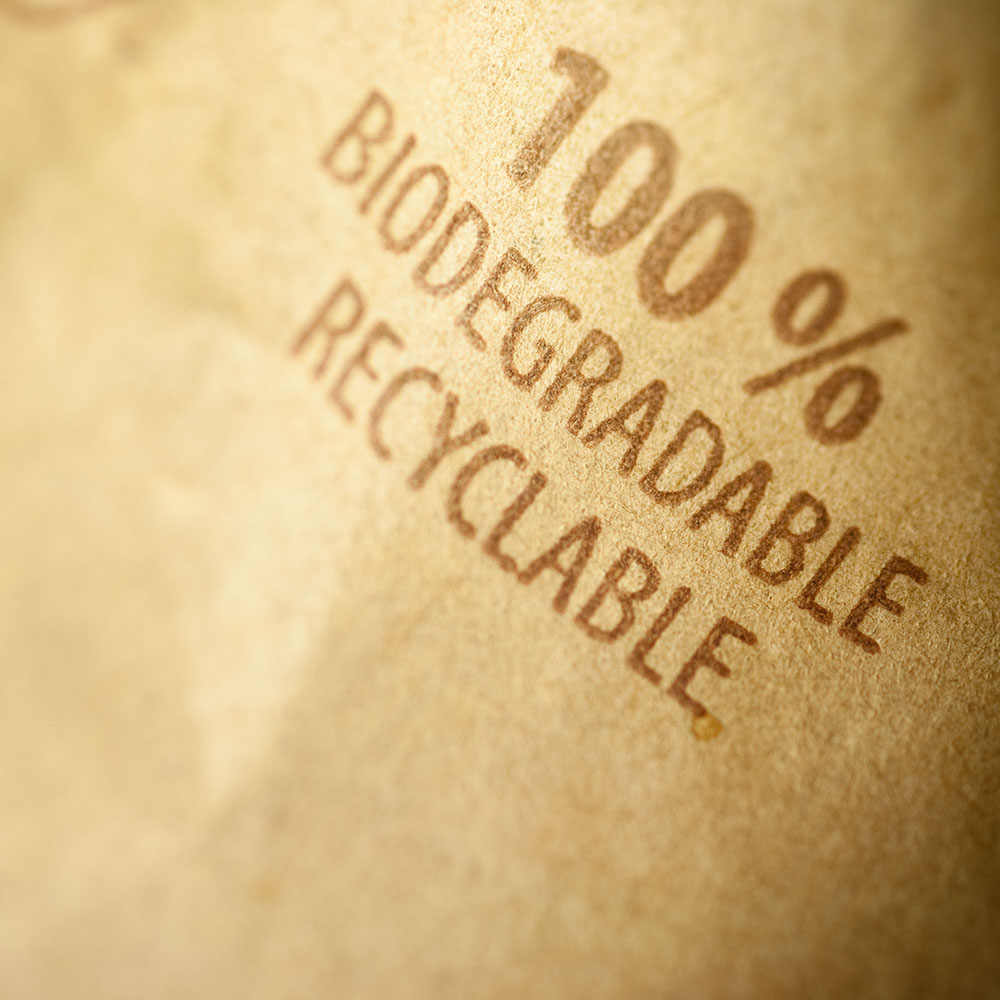How can we solve the problem of waste?
Western civilization has seen rapid improvements in technology and quality of life over the last half-century. Important for this transformation is the use of plastic. However, this modern luxury comes at an enormous cost.

Western civilization has seen rapid improvements in technology and quality of life over the last half-century. Important for this transformation is for example the use of plastic. However, this modern luxury comes at an enormous cost.

Day after day, children from not-so-wealthy societies around the world can be found barefoot rummaging through piles of garbage. They survive by finding and re-selling any material that is recyclable – e-waste, paper, plastic, etc. Such living conditions are horrendous. Hazards of all kinds are present, from toxic liquids to collapsing garbage.

In Ethiopia in 2017, a ‘’garbage slide’’ on the garbage mountains near the capital Addis Ababa killed 150 garbage collectors. Where does all this garbage come from? The answer is, partly from the people living there and their lack of infrastructure, but also much of the garbage of the ‘west’ is shipped to poorer countries, including plastic waste.
What about plastic recycling? Shockingly, only about 17% of the plastic is actually traceably recycled in Germany. 52,7% is burned.
China has refused to accept our garbage, and rightly so! Not only do they not want our mountains of garbage, but they have enough of their own. Meanwhile, as the mountains of garbage grow higher away from the eyes of the ‘west’, the environment becomes more polluted. Oceanic animals are suffering and plastic nanoparticles continue to accumulate in all life forms, including the bodies of our children.
It is still unknown how the plastic nanoparticles impact our health. What we do know is that the amount of plastic produced around the world per year increases, as does our consumption of single-use plastic, as does the concentration of plastic nanoparticles. In year 2021, about 400 million tons of plastic will be produced. Due to the COVID-19 pandemic and the resulting closed restaurants, there is even more disposable waste this year. This is because most take-away food services rely heavily on single-use plastics. Most of that plastic will end up as waste.
Is this unavoidable? Maybe not. Nature actually produces plastic. It is possible to harvest plastic from bacteria and other microbes. Currently, it is about 5-10 times more expensive than petroleum-based plastic. Not all bacteria produce plastic. The ones most studied for their plastic production have a big disadvantage: they require refined foods (e.g., sugar) to produce the plastic. This is not only costly, but it takes away food for humans. We would need to produce at least 400 million tons more food per year to satisfy our appetite for plastic.
In my research, I am taking bacteria that live on waste products, and modifying them to be able to produce polymers. These bacteria, which are harmless to humans, can live from inexpensive material (agricultural waste, plastic, paper,…) and turn it into polymers that are useful for human kind.
